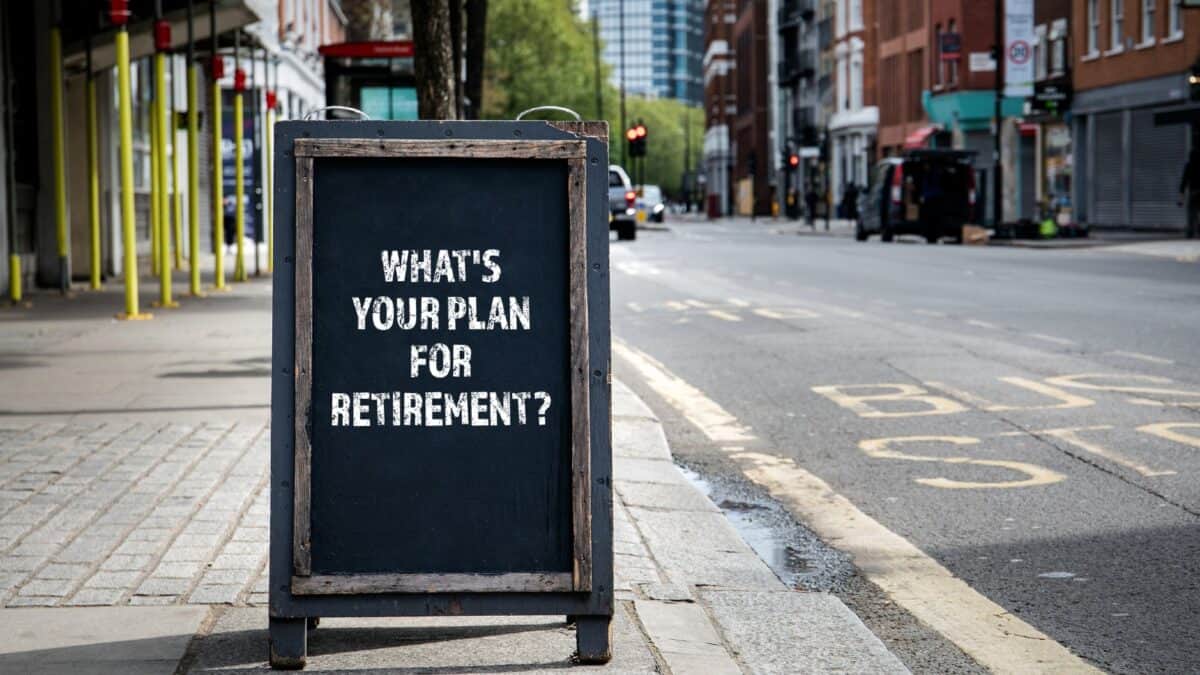I sometimes see adverts talking about how to deploy nest eggs and retirement pots of a million pounds or more. This can be very overwhelming for those in younger generations that haven’t started to invest for retirement.
If that’s the case, here’s how I’d go about starting to build a self-invested retirement pot with just £500.
Understanding compounding
On the face of it, £500 now doesn’t seem like a huge amount of money to enjoy down the line. Yet this doesn’t take into account the impact of compounding.
Compounding is the process by which money increases in value not just from the initial amount by also from the accumulated gains.
For example, let’s say I bought a stock with £500 and it doubled in value. My £500 would now be worth £1,000. Now if in the following year the stock doubled again, I wouldn’t make £500, but rather £1,000. My investment would now be worth £2,000. The added benefit shows how compounding can be of use over time.
So even if I just invest £500 today and leave it for decades to come, I’d be pleasantly surprised at how much it could be worth. For example, let’s say I’m 30 and plan to retire at 65. If I assume an annual growth rate of 8%, my £500 would be worth £8,146 by the time I retire!
Where to put my money
The amount of risk I’d take on with my money depends on many factors. I’d say the biggest one is age. If I’m wanting to invest for retirement in my 30’s, I can afford to be more aggressive and target high-growth stocks.
Over the long term, this should provide me with the largest potential gains. Even if we have a stock market crash over this period, my investment horizon is so long that I’d be happy to sit and wait for the market to recover.
However, if I’m 60 and only have a few years before I want to access the money, I’d probably go for dividend stocks and mature shares with low volatility. The aim here switches more to capital preservation with some income.
Building more than just £500
Even though £500 is great to begin with, my aim would be to invest regularly in the future to increase my overall pot size. Putting away some funds each month also gives me the benefit of diversifying my portfolio.
If I can own a dozen stocks with £500 in each, I’ll have a much smoother ride than if everything was just in one company.
I have to be aware of some of the risks that I’ll face along the way. A big assumption is what annual return I could achieve. I can plan using a set figure, but the risk is that my actual return is lower.
Another factor is inflation. This erodes the value of my money, especially when it’s out of control. Turning £500 into £8,146 sounds great, but what will the real value be of that money after factoring in inflation?
My aim is to invest the £500 in high-growth stocks, and add to this pot each month to build a robust portfolio.







